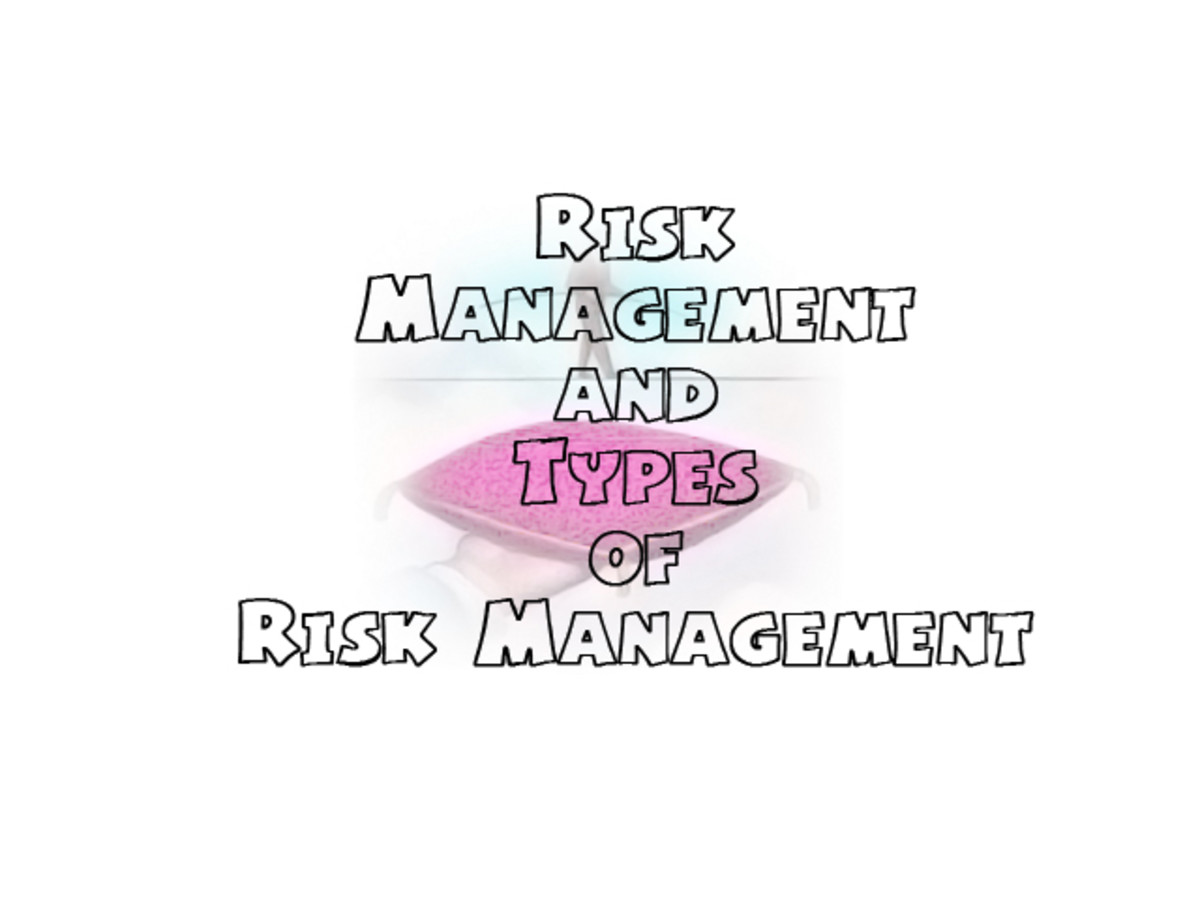Creation of Risk Management Plan
Projects are prone to risk irrespective of the size of the project. Hence the first logical move is to have a risk management plan to achieve success in a project. Examples of some projects are financial, legal, physical or non-financial. The main aim is to predict risks much before implementing the project.
An ideal risk management plan consists of several utilities and plans to lower risks. The plan must be such that the risk is either evaded or a part of it is transferred to other projects to reduce its full effect.
A systematic cost benefit analysis is done and on the basis of this other risk management plans could offer accepting the risk. Risk management plans depend on the way they are given priority in an organization. Comparative priority risks are allotted some emphasis. As an example, for some companies, operative or strategic risks are of greater importance and for other companies it could be legal or physical risks. Hence prioritizing the risk is what should be the final aim and plan.
Recommended Books on Risk Management Plan @ amazon
A final draft is made considering the risk management process. To make this draft, the risk management plan may go through the following:
- Make a List: Identifying potential risks is of utmost importance before anything can be started or decided. It is important that even the smallest of details should not be neglected as these could at some point in time lead to potential risks. This fact is relevant especially where project management is concerned. Risks can be handled by first acquiring the categories of the project and then risks can be estimated for each category. For instance, for a cost category, find out the factors that could increase cost and then list them out.
- Prioritize the Risks: Risks are arranged according to priority. The priority refers to the impact it can have and its chances of recurrence. Higher priority risks are handled first.
- Developing and Action Plan: Action Plans are developed alongside each risk, which shows how to handle them when they occur, who is responsible for it and what the consequences are for it. Therefore, plans are proposed to reduce the effect of the risks and to avoid recurrence.
- Human Resource Deployment: People are designated at specific points having specific roles. They are designated specifically to carry out action plans when the predicted risks occur and for this, they work together with the whole team. The actions are carried out at certain points in time with a certain time frame.
- Communication: The plan has to be communicated to the people concerned (both internal and external). It also has to be explained to people who are primarily involved in the process along with the time frame, action and responsibilities.
The plan is formed keeping in mind the risk management process that forms the basic guideline and work together as a whole. Hence, the process discussed in step three goes alongside a complete understanding of the risk management process.
Important Risk Management Articles
- Risk Management and Types of Risk Management
Risk management is defined as the logical development and carrying out of a plan to deal with potential losses. The risks can be financial risks, process risks, intangible risks, time risks, human risks, legal risks, and physical risks. - Principles and Process of Risk Management
Risk Management Principles; The principles of risk management have been set by several organizations. Risk Management Process; There are many associations and bodies which set down the guidelines and principles in the risk management process. - Risk Identification in Risk Management
Identifying the risk can be done at the source level or at the level of the problem itself. Source analysis means analyzing the source of the risks involved and the proper measures required for mitigation being kept in its place. - Risk Management Plan Evaluation
Assessing and Analyzing Risk Management Plans; There is no perfect risk management plan but its success depends upon proper management policies, risk analysis, planning and activities. - How to create a Risk Management Plan
Risk management plan is essential to achieve success in a project. The main aim of risk management plan is to predict risks much before implementing the project. - Risk Treatment Plan
An effective part of the risk management plan is called the Risk treatment. The risk management plan lists the strategies on ways to manage the various risks. There is something called as Risk Response Planning that needs to be tackled first before r
© 2013 Dilip Chandra









